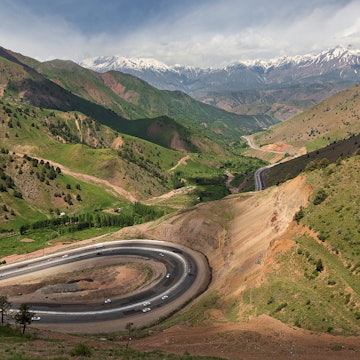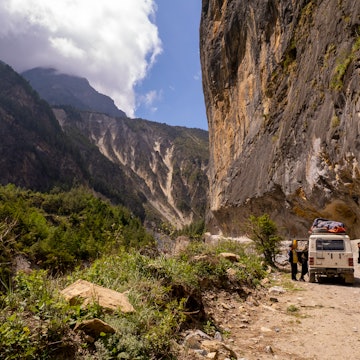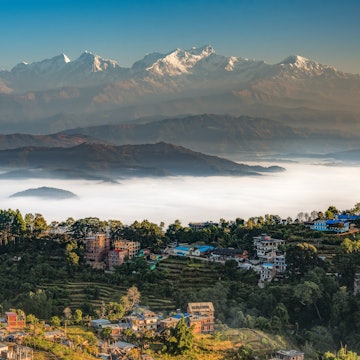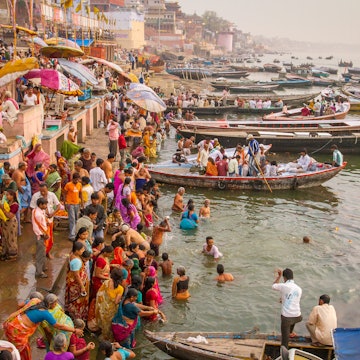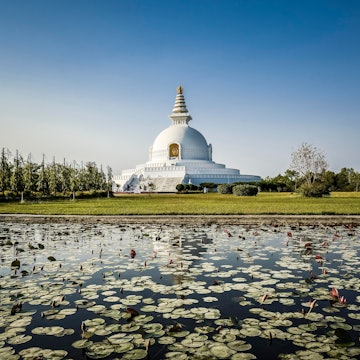

A train crossing the Pamban Bridge in Tamil Nadu, India. Veerababu Achanta/Shutterstock
You know what they say about the journey being more important than the destination? That sums up the experience of traveling by train in India. The Indian railway network is one of the largest in the world, spanning nearly 40,000 miles across the length and breadth of the country.
With trains running through large cities and small towns, crossing empty deserts and teeming forests, winding over hills and rivers, trains are more than just a means of transport; they connect people to places otherwise considered too remote. And apart from being economic lifelines that carry essential goods to far reaches of the country, Indian trains emphasize the joy of slow travel.

What are train services like in India?
The operation is entirely government-owned. While small delays occur every day, major upsets are caused mainly by bad weather, particularly heavy rains. It is generally possible to get from anywhere to anywhere else in the country, often directly, bar a few regions particularly in the mountainous terrain of north India and in the sparsely populated parts of the northeast.
Most trains are regularly serviced and maintained, with yearly upgrades of fixtures and facilities, but be prepared for the odd torn seat or broken light switch.
What's it like on board?
Train journeys in India can be crowded, chaotic and challenging (hello, this is India we are talking about), but they are never boring. If you can peel your eyes off the ever-changing scenery outside the windows, there is a veritable tableau of daily life that keeps unfolding in the confines of the coaches.
There is one phrase you need to be prepared to hear (and heed) while traveling on the train in India: "kindly adjust". Even if you have secured a reserved seat or berth (more on that below), there is a good chance that someone will clamber up on a station midway and request you to please squish in just a tiny bit, so they can share your seat.
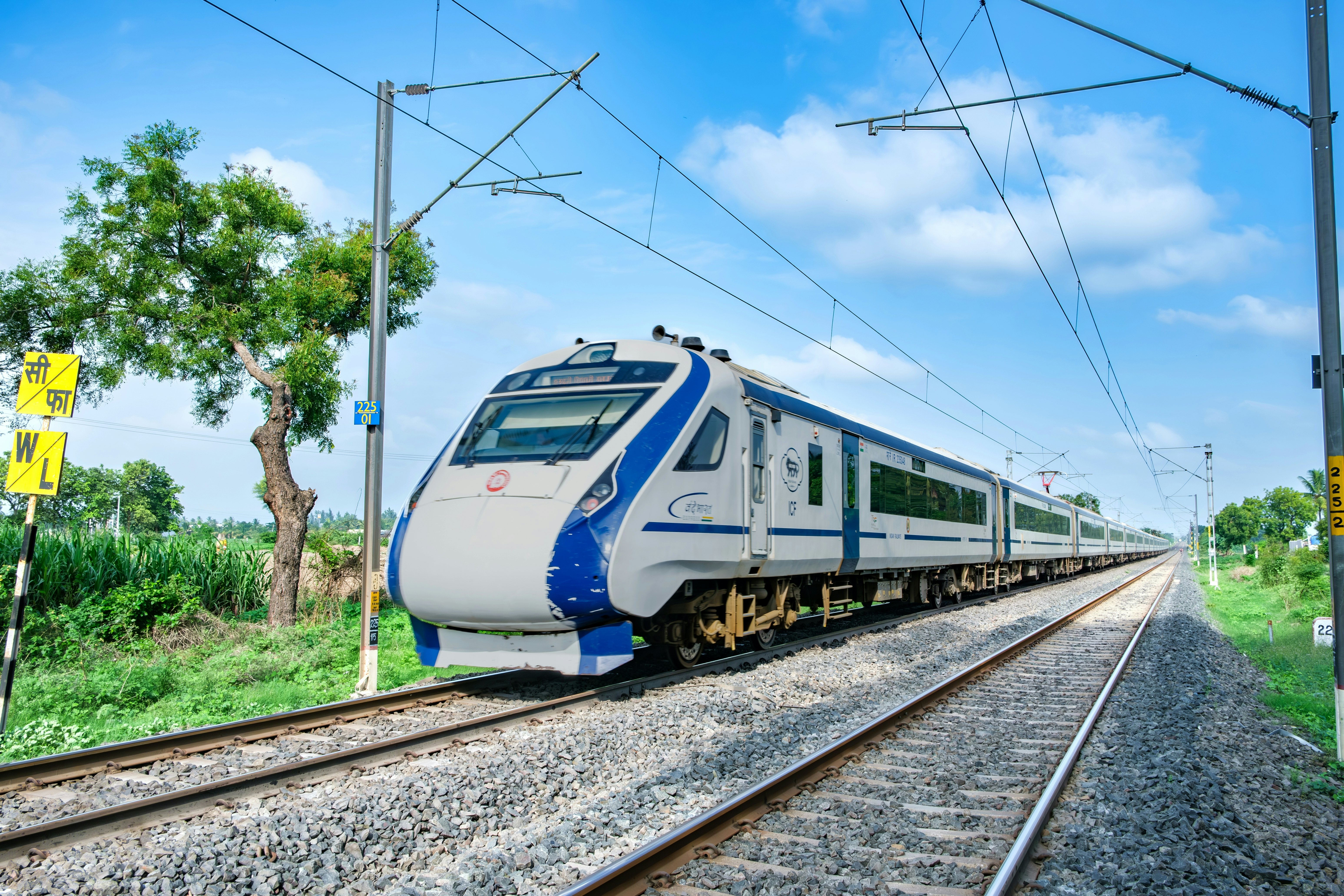
What types of trains are there?
There are various types of trains to suit your travel needs, depending on how much time you have and how much you are prepared to spend.
Superfast trains: Also known as Express trains, these run long distances (for instance, from Kolkata in the east to New Delhi up north) and usually tend to stop at fewer stations along the way, or connect two major cities located within a few hours away from each other (for instance, the two southern metropolises of Chennai and Bengaluru). These trains are fully air-conditioned, known to be punctual, and come with plush seats, catering facilities and the comforts of clean pillows and blankets for overnight travel.
Passenger trains: Comprising the large majority of trains in India, these tend to stop at dozens of small towns along the route and are a slower means of travel. Not surprisingly, this is the preferred method of travel for most local travelers.
Luxury trains: Seek out the glamour and glitz of train travel on the Palace on Wheels in the west Indian desert state of Rajasthan and the Deccan Odyssey with multiple regional itineraries. These services come with personal butlers, gourmet dining options and carefully curated itineraries that take you through significant historical monuments and cultural landmarks.
Scenic trains: Also mainly for tourists, these trains – whether a Konkan Railway train through the misty forests of the lush western ghats or a historic narrow-gage toy train in Darjeeling’s tea plantations – are all about sitting back and enjoying the entire experience.

What do each of the classes of travel mean?
There are several options available (known as the booking class, the distinction chiefly on the basis of air-conditioning) for these journeys, and which class you choose would depend on your budget and motivation.
The sleeper class, also called second class – comprising the majority of coaches in a typical passenger train – is your best bet for an authentic slice of life experience and provides safety in numbers (especially for solo travelers).
On the other hand, the air-conditioned coaches cost more, but also offer more comfort and privacy, with far lesser chance of being asked to “kindly adjust.” First AC (1A) is the most luxurious option, with private cabins that can be latched for complete privacy. And then there is Second AC (2A) and Third AC (3A), both offering air-conditioned comfort at a lesser cost but also lesser privacy, since the berths can only be closed off with a curtain.
General Class is for unreserved seating, tends to get crowded and often has only room for standing (unless you are prepared for the scrum for seats).
How much does it cost?
The cost of a confirmed seat or berth can be as low as US$5 on a passenger train, going up to several thousand dollars on luxury trains. The cost of a train ticket is dependent on various factors, like the length of the journey, the kind of train, the type of seating class and availability of catering services (among other things).
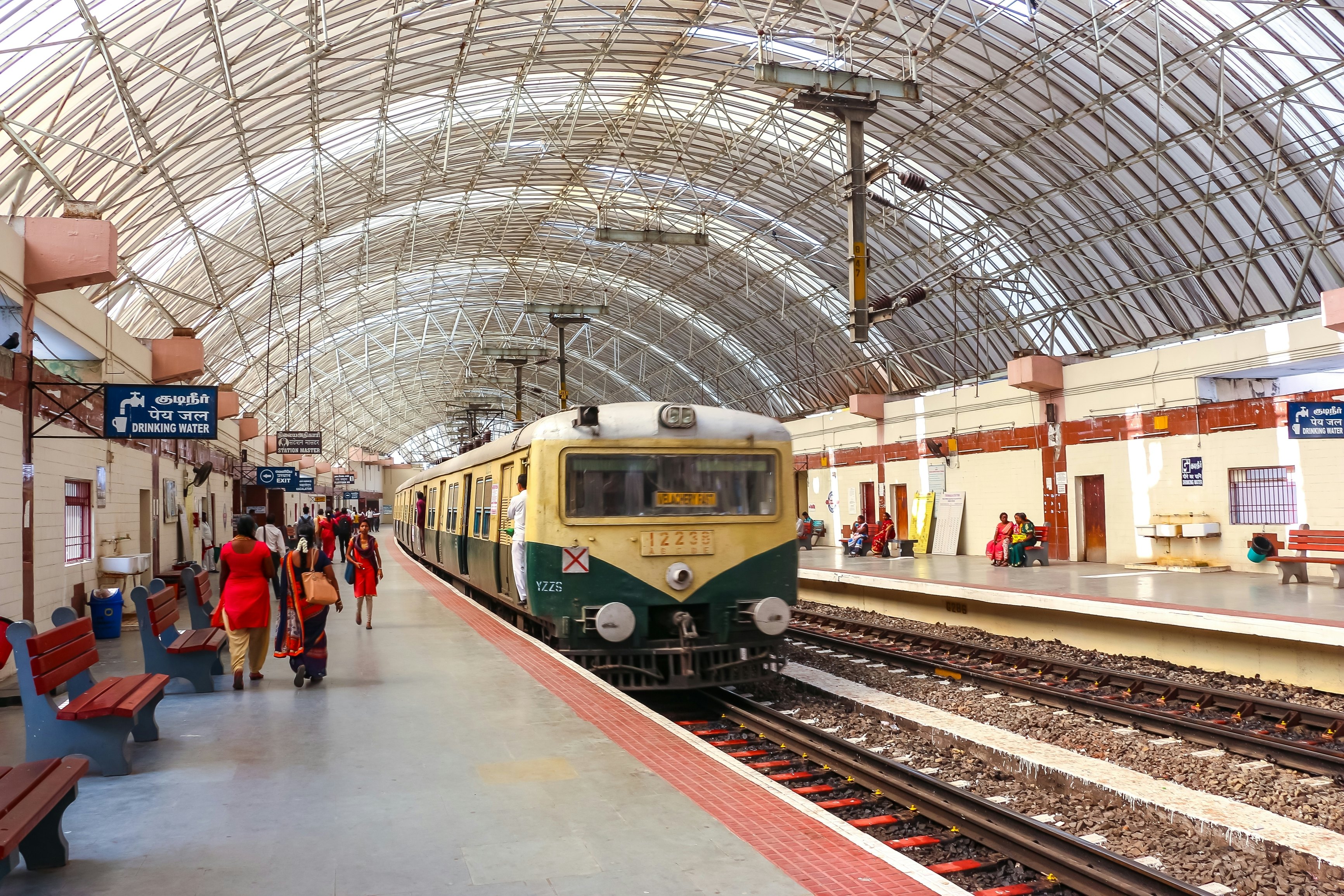
How do you book a train ticket in India?
The official train ticket service is the IRCTC – but since it is not always accessible to those trying to book tickets from outside India, it is better to use a reputable travel agent. Online travel services such as MakeMyTrip or GoIbibo are geo-restricted and may not be accessible outside India.
Reservations open up 60 days before the date of travel, and confirmed seats/berths tend to get booked out way in advance, so it is best to get your tickets early. You can also book at train stations, but you need to be ready for long lines and also be prepared for disappointment, especially closer to the travel dates.
The Foreign Tourist Quota
But wait, don’t lose hope yet. There are some trains that citizens of other countries (and those with Non Resident Indian status) can book using the Foreign Tourist Quota Booking 365 days prior to the date of travel. This simply means that a handful of seats have been allocated for people with foreign passports, which also means a slightly higher charge and a nominal fee (less than US$4) for registration and processing. Note that you can book tickets outside this quota too; this is an option if there are no tickets available otherwise.
Tatkal tickets
And finally, for those absolute last minute plans, a few emergency tickets known as Tatkal open up a day before the journey: at 10am for air-conditioned classes and at 11am for the non air-conditioned classes of travel.
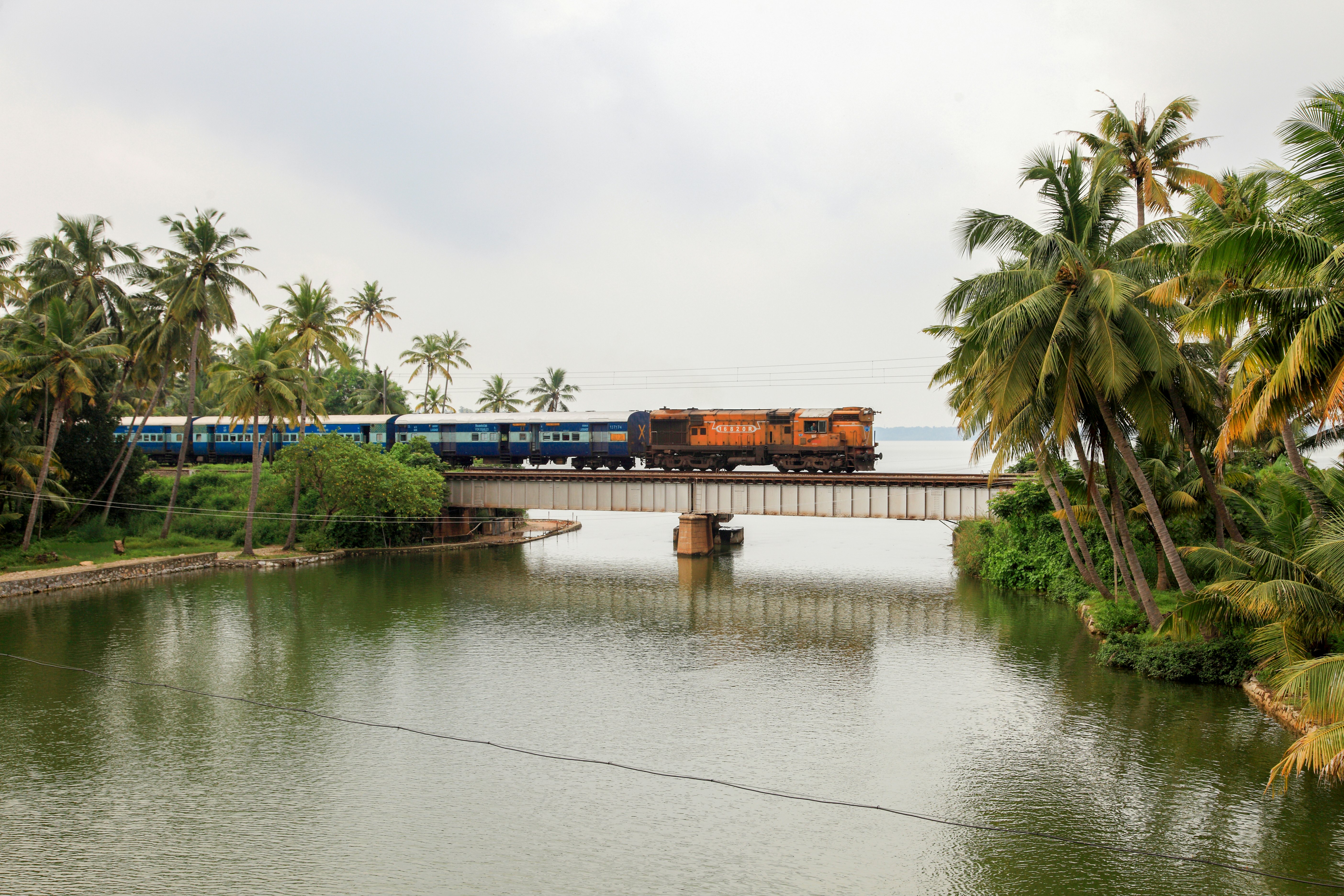
Are there any discounts or offers?
Ticket fares tend to be fixed and monitored by the government, with no difference based on the time of booking (except a higher charge on the precious few Tatkal tickets). Foreigners are not eligible for any discounts and there are no special offers or passes either.
Seats and berths are allocated at random, according to availability, but you can state a preference at the time of booking (for instance, in case of mobility issues, request a lower berth). You also need to mention meal preferences while booking trains that include catering. In India, that means marking a choice between Veg (vegetarian) and Non Veg (eating meat and fish).
How do trains compare with flights and driving?
Trains are your cheapest and most convenient mode of long-distance travel in India – trains tickets are cheaper than flight tickets, and self-drive is really not an option for those not used to navigating the chaos of Indian roads.
Many train stations have bus stands close to them for convenient onward connections. But if you are connecting to an airport, then factor in the time for road travel, since train stations in India don’t have direct metro access to airports.

What are the onboard services and facilities?
Long-distance trains provide pillows and blankets for the air-conditioned classes, as well as charging points for mobile phones. If you are traveling on a sleeper coach, then it is a good idea to carry a portable battery pack and an inflatable pillow and a large scarf you can use as bedding.
Don’t worry if catering is not included in your ticket, for some trains come with a pantry coach from where you can order food to be delivered to your seat (there are no special dining carriages) or you can always buy off vendors. This service also allows you to order food from local restaurants, to be delivered to your seat on the train. Luggage is meant to be stored under the seats/berths, or on overhead shelves in case of Shatabdi trains (fast passenger trains).
The larger train stations have a few cafes, apart from kiosks that sell water, beverages and snacks. There are also waiting halls and porter services available at most stations (the latter is a good idea if you have mobility issues, since there is often a lot of climbing and walking involved).
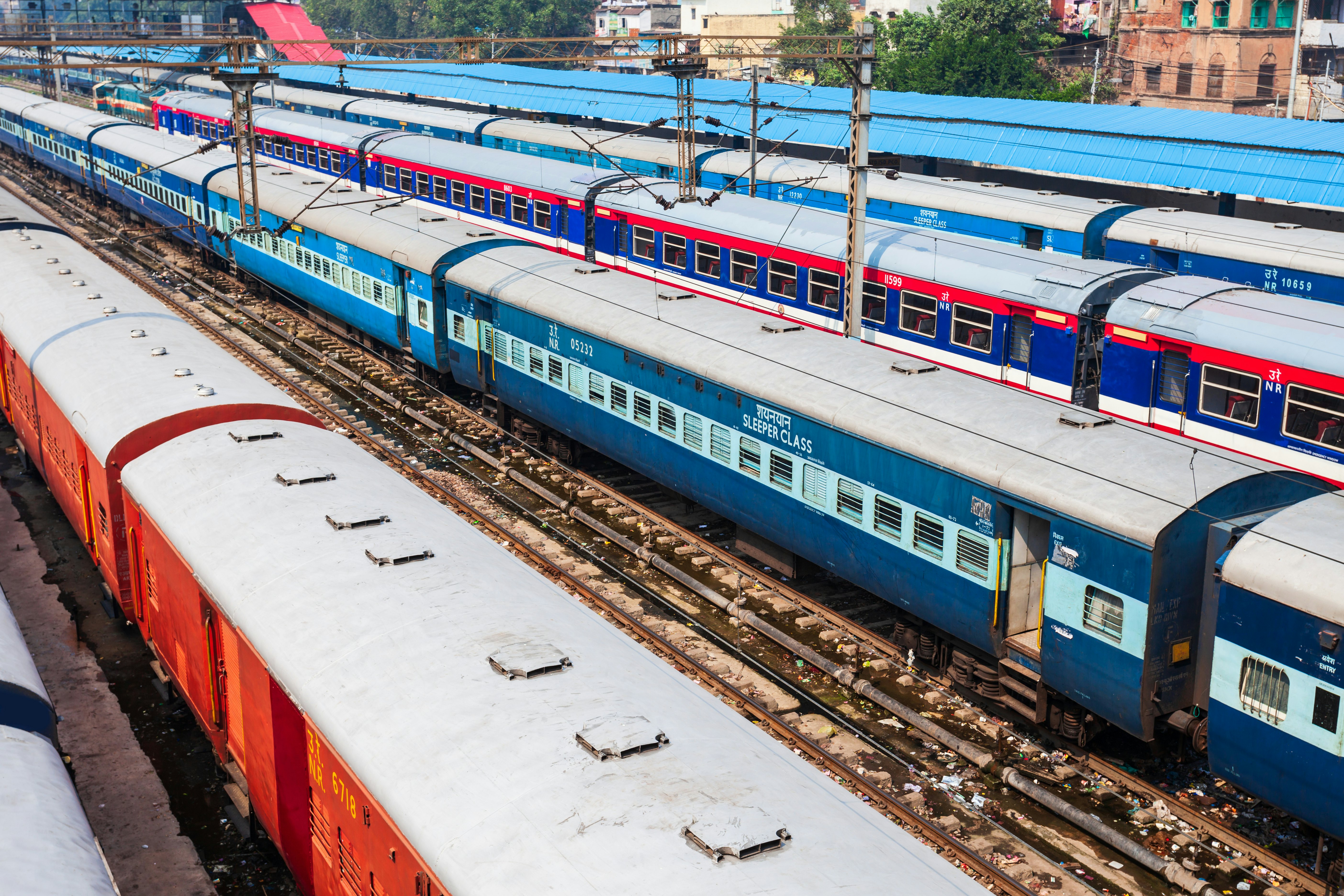
What other tips are there for train travel in India?
Bring a lock and chain to secure your luggage, especially on overnight trips
Always keep your ID handy for routine checks
Download the IRCTC app on to your phone to check the real-time status of the train, including potential delays, platform numbers and the location of your coach on the platform
Be sure to pack basic toiletries, including soap, hand sanitizer and toilet paper
How accessible are trains in India?
Indian trains are not very friendly for travelers with special needs or mobility issues. Train travel often involves walking on the platform, climbing up and down several sets of stairs (to reach your platform) and in some cases, a steep climb up to get into the train. Also note that your request for a lower berth may not always be granted, so you may have to clamber up a narrow, precarious ladder to get to your berth. There is a wheelchair service that can be booked online, but be aware this is not always reliable.









